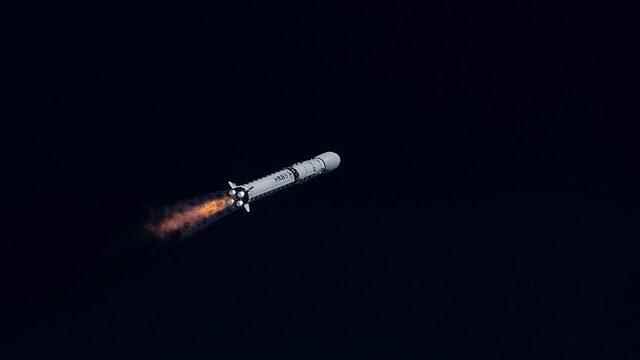China has sent satellites into space from centers in the Gobi Desert and Hainan Island. First in the morning, the earth observation satellite L-SAR 01B was launched into space on the Long March 4C rocket from the Ciucuen Satellite Launch Center in the Gobi Desert in the northwest of the country.
“SYNTHETIC Aperture RADAR”
In a statement made by the China National Space Administration, it was stated that the satellite, which can detect the reflections of electromagnetic waves transmitted to the earth thanks to its equipment called “synthetic aperture radar” (SAR), will be used in geological environment, landslide and earthquake observations.
It was noted that the satellite, which will perform a dual function with the L-SAR 01A satellite, will support resource detection, mapping, forestry, disaster prevention and aid activities.
It was stated that the satellite will be used in geological environment, landslide and earthquake observations.
The L-SAR 01A satellite was launched into space on January 26.
CARRIED A RECORD NUMBER OF SATELLITE TO SPACE
In today’s other launch, 22 remote sensing satellites were launched into space with the Long March 8 carrier rocket from the Vinchang Spacecraft Launch Center on Hainan Island.
This is the launch in China with the most spacecraft carried by a single rocket.
Long March 8, China’s new generation carrier rocket, is designed to serve at medium weight lifts.
The rocket can deliver 3 tons of payload to the Sun Synchronous Orbit at an altitude of 35,786 kilometers from the Earth.
The Long March 8 made its first launch on December 22, 2020.
(AA)
